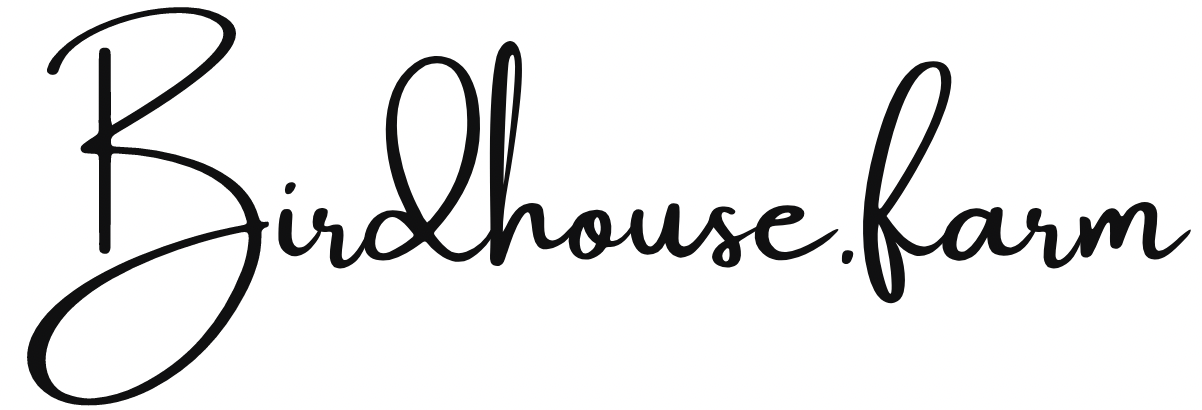Celebrating the Winter Solstice and Supporting Local Wildlife
Here are some meaningful ways to celebrate the winter solstice and support local wildlife:
1. Create Wildlife-Friendly Spaces in Your Yard
One of the most impactful ways to celebrate the winter solstice is by enhancing your outdoor space to support wildlife. Winter can be a challenging time for animals, so offering food, shelter, and a safe space can make all the difference.
Provide Food: Set up bird feeders stocked with suet, black oil sunflower seeds, and thistle. These foods are perfect for attracting local birds such as chickadees, nuthatches, and woodpeckers. You can also leave out scraps like unsalted peanuts or dried fruit to support other animals.
Offer Shelter: Many animals, including birds and small mammals, need places to shelter from harsh weather. Create brush piles with fallen branches and leaves, or leave areas of tall grass in your garden. These can provide a safe, hidden place for creatures to take refuge during snowstorms or chilly nights.
Water Source: Even in the winter, animals need water. Make sure your bird bath or any water features are kept unfrozen. You can invest in a heated bird bath or place a floating object in the water to help prevent ice from forming.
2. Plant Winter-Resilient Native Plants
Celebrating the winter solstice with an eye on the upcoming growing season is a great way to support wildlife year-round. Native plants provide essential food and shelter for local wildlife, including birds, insects, and mammals.
Winterberry Holly: This native shrub provides bright red berries that many birds rely on for food during the winter months.
Conifers: Pines, spruces, and cedars offer winter cover for animals and shelter from the wind and cold. These trees also provide seeds for birds to nibble on.
Evergreens: These plants provide greenery and food all year, offering a visual reminder of life’s resilience even during the coldest months.
Planting these species on your property not only beautifies the landscape but also creates a safe haven for creatures when they need it most.
3. Engage in a Winter Wildlife Walk
Celebrate the solstice by taking a nature walk to observe and appreciate the wildlife around you. Winter provides a unique opportunity to spot animals in ways you might not notice during other seasons. Tracks in the snow, animals foraging for food, and the quiet of nature’s stillness all provide a special connection to the season.
Look for Animal Tracks: Snow and mud can reveal animal tracks, providing clues about what animals are moving through your area. Learn to identify tracks of local wildlife like deer, squirrels, and foxes.
Spot Winter Birds: Many birds are more visible during the winter months. In Kansas, you might see dark-eyed juncos, northern harriers, or even a bald eagle along the river. Bring binoculars, a field guide, and a notebook to keep track of what you see.
By paying attention to wildlife and their winter behaviors, you not only deepen your connection with nature but also gain a better understanding of the animals that share your home.
4. Light a Candle to Celebrate the Return of the Sun
One of the most symbolic ways to observe the solstice is to light a candle or a small fire, symbolizing the return of the sun. As the shortest day of the year, the solstice marks a turning point, and from here, the days gradually begin to lengthen.
You can make this gesture even more meaningful by lighting your candle with a purpose. Dedicate your light to the well-being of local wildlife, or simply reflect on the natural world and its cycles. A candlelit vigil or quiet moment spent outdoors, appreciating the stillness of winter, is a beautiful way to honor the changing season.
5. Support Local Conservation Efforts
The winter solstice is also an ideal time to reflect on how you can contribute to the preservation of the natural world in your community. Supporting local conservation organizations is one way to help maintain and protect the habitats of local wildlife.
Donate to Local Wildlife Refuges or Conservation Groups: Many organizations focus on preserving wildlife habitats, protecting endangered species, and educating the public about how to support local ecosystems. Your donation can help maintain critical habitats for birds, pollinators, and other wildlife.
Volunteer for Local Projects: Many wildlife conservation groups host winter events like habitat restoration projects, nature walks, and wildlife monitoring programs. Get involved to directly contribute to the health of local ecosystems.
Supporting these organizations ensures that our wildlife habitats remain protected for future generations of creatures to enjoy.
6. Educate Others and Spread Awareness
One of the most impactful ways to support wildlife during the winter solstice is by educating others on the importance of helping local animals survive the cold months. Share information with your friends, family, and neighbors about how they can create safe spaces for wildlife and provide food sources during winter.
Start a Community Project: Organize a local clean-up day or habitat restoration event. By working together, we can make a larger impact on the environment and its inhabitants.
Share Your Knowledge: Use your social media platforms to spread awareness about the importance of supporting wildlife during the winter months. Share tips for keeping wildlife safe and promote local conservation efforts.
——————
The winter solstice is a moment of transformation and renewal in the natural world. By celebrating the solstice and supporting local wildlife, you can honor the changing seasons while fostering a deeper connection with the animals that rely on our care. Whether it's through providing food and shelter, planting native plants, taking a wildlife walk, or supporting local conservation efforts, there are many ways to give back to the natural world this season. Let this solstice be a reminder of the beauty of nature and our responsibility to protect it for future generations.
